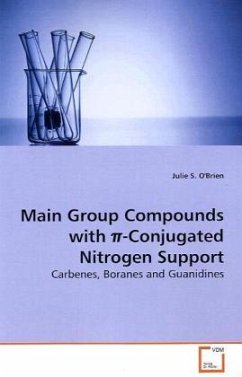
Conjugated System
Versandkostenfrei!
Versandfertig in 6-10 Tagen
26,99 €
inkl. MwSt.

PAYBACK Punkte
13 °P sammeln!
A conjugated system occurs in an organic compound where atoms covalently bond with alternating single and multiple (e.g. double) bonds (e.g., C=C-C=C-C) and influence each other to produce a region called electron delocalization. In this region electrons do not belong to a single bond or atom, but rather a group. For example, phenol (C6H5OH, benzene with hydroxyl group) (diagramatically has lternating single and double bonds), which has a system of 6 electrons above and below the flat planar ring, as well as around the hydroxyl group. The conjugated system results in a general delocalization o...
A conjugated system occurs in an organic compound where atoms covalently bond with alternating single and multiple (e.g. double) bonds (e.g., C=C-C=C-C) and influence each other to produce a region called electron delocalization. In this region electrons do not belong to a single bond or atom, but rather a group. For example, phenol (C6H5OH, benzene with hydroxyl group) (diagramatically has lternating single and double bonds), which has a system of 6 electrons above and below the flat planar ring, as well as around the hydroxyl group. The conjugated system results in a general delocalization of the electrons across all of the adjacent parallel aligned p-orbitals of the atoms, which increases stability and thereby lowers the overall energy of the molecule.












